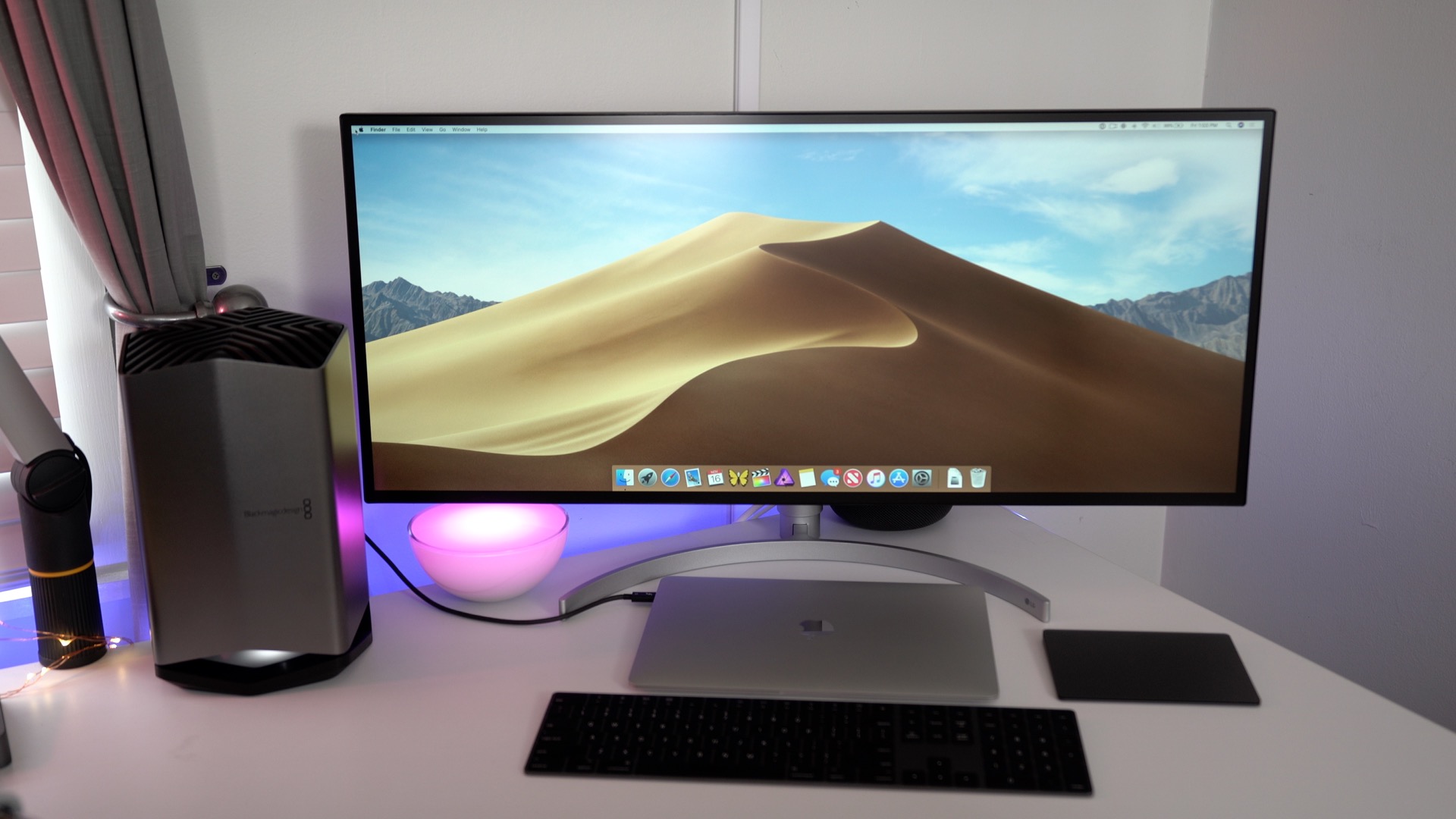Mac computers that have any of the following ports can connect to HDMI devices. Learn how to identify the ports on your Mac.
Support for up to 12 4K displays, six 5K displays, or six Pro Display XDRs depending on configuration selected (displays sold separately) Retina display. MacBook Air (Retina) MacBook Pro 13-in. (Two Thunderbolt 3 ports) MacBook Pro 16-in. MacBook Pro 13-in. (Four Thunderbolt 3 ports) iMac 21.5-in. Designed with an ultrathin display, the Apple MacBook Air features 1366 x 768 resolution on the 11' and 1440 x 900 resolution on the 13'. Combined with the LED backlighting, colors appear bright and vibrant from almost any angle, making the MacBook Air ideal for anyone editing photos, creating a presentation or just watching a movie. MacOS: Get Air Display for Mac from the Mac App Store. Android: Get Air Display 2 from Google Play. Windows: Get Air Display for Windows from avatron.com. STEP 2: Get the free host software. (On your main Mac) Download Air Display Host. NOTE: The Air Display Host is compatible with macOS 8 and up (excluding 10.13.4–10.13.6).
Air Display is an easy to setup Mac utility that can help you convert other computers, iPad or Android devices into desktop extensions. Quick to setup solution for extending your desktop space. The Air Display system is comprised from two separate elements: first the Air Display host (available. Air Display is the easiest way to turn almost any spare screen into an extra display for your computer. Wirelessly connect to an iPad or Android device from your laptop to create the ultimate road-warrior workstation.Or repurpose any nearby Mac or Windows PC to give yourself more screen real estate for your main Mac.
- HDMI port: Connects directly to HDMI using an HDMI cable.
- USB-C or Thunderbolt 3 (USB-C) port: Connects to HDMI using an adapter, such as the Apple USB-C Digital AV Multiport Adapter.
- Mini DisplayPort: Connects to HDMI using a third-party Mini DisplayPort to HDMI adapter or cable.
Mac computers that have an HDMI port comply with HDMI 1.4b and support:
- At least 1080p video over HDMI, and some Mac models support higher resolutions when connecting to 4K displays, 5K displays, and Ultra HD TVs
- 8-channel/24-bit audio at 192kHz, Dolby Surround 5.1, and traditional stereo
- HDCP-encrypted playback from iTunes and QuickTime Player (version 10). Safari in macOS Sierra or later also supports HDCP-encrypted playback, if the web page is HTML5-enabled and the content is FairPlay Streaming-enabled and delivered using Media Source Extensions or HTTP Live Streaming.
If using an adapter, check the specifications of the adapter to learn about supported resolutions and other details.
After making the connection
If your Mac doesn't recognize your HDTV, display, or other HDMI device after making the connection:
- Turn off the HDMI device while your Mac is turned on.
- Unplug the HDMI cable from your Mac, then plug it in again.
- Turn on the HDMI device.
If the video on your HDTV or display extends beyond the borders of the screen, open Displays preferences and adjust the Underscan slider for a better fit. Use any of these methods to open Displays preferences:
- Choose Apple () menu > System Preferences, then click Displays.
- Press Shift-Command-A to open the Applications folder. Then double-click System Preferences, then click Displays.
- If your keyboard has brightness controls, press Option–Brightness Up or Option–Brightness Down.
If your HDMI device isn't receiving audio from your Mac:
- Choose Apple menu > System Preferences, then click Sound. In the Output pane, make sure that your HDMI device is selected.
- If you're connecting using a Mini DisplayPort adapter, make sure that your Mac can send audio over Mini DisplayPort.
- If you're connecting from a Mac mini, unplug any audio device that is plugged into your computer's Audio-Out port.
If your Mac goes to sleep while a video is playing or paused, you might see an HDCP error. Quit the app that is playing the video, then open the app again. If the issue continues, choose Apple menu > System Preferences, then click Energy Saver and adjust the settings so that your display doesn't turn off.
Learn more
- If your Mac has an HDMI port, you can use the Apple HDMI to DVI Adapter to connect to a DVI display.
- Mac computers don't support using CEC (Consumer Electronics Control) to control HDMI devices.
External Display For Macbook Air
Hello Consult58,

Thanks for reaching out! I love getting to use an external monitor with my MacBook Air. I know when I can’t see the Arrangement tab in System Preferences > Display this tells me that my MacBook Air is not recognizing my external monitor. You are likely using an adapter with your MacBook Air. The type of adapter you’re using depends on which model of MacBook Air you have. Follow these steps:
1 - Determine which model of MacBook Air you have: Identify your MacBook Air model.
2 - Use the Technical Specifications page for your model MacBook Air to determine the type of adapter you need to connect your external display.
3 - Check out this page for help with the different types of Adapters: Apple video adapters and cables.
4 - Once you're certain that the adapter is correct for your MacBook Air, try restarting it by going to the Apple Menu (top left corner) > Restart.
For more help using the external monitor with your Mac: Use external monitors with your Mac.
Second Display For Macbook Air
Let us know what happens, and have a great day!
